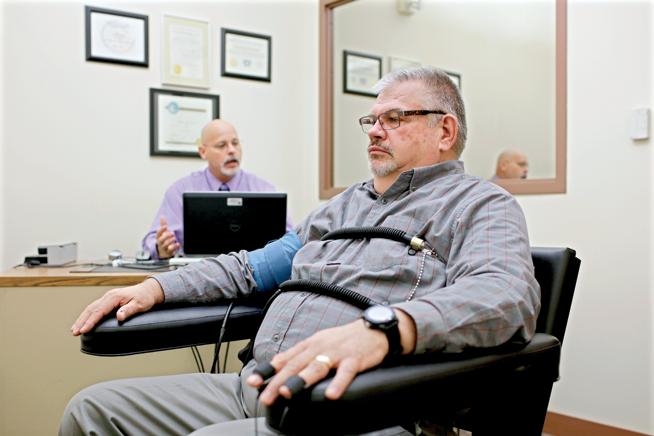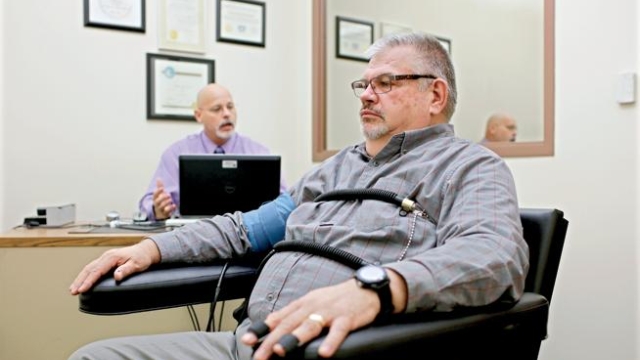
Deception detection has long been a tantalizing subject for both researchers and the general public alike. At the heart of this investigative process lies the lie detector test, a tool designed to uncover truths hidden beneath layers of deceit. Although popularly known as a polygraph test, its actual mechanism and efficacy often spark heated debates.
While the concept of a lie detector test seems straightforward—ask questions, measure physiological responses—the intricate complexities of human behavior and the limitations of technology make the interpretation of results a delicate dance between art and science. Critics argue that the test can be manipulated through a variety of means, casting doubt on its reliability as the ultimate truth serum. Yet, proponents of the polygraph contend that when administered by skilled professionals, it remains a valuable tool in uncovering deceptive behavior.
History of Lie Detector Tests
Lie detector tests, also known as polygraph tests, have a fascinating history that dates back to the early 20th century. The first primitive attempts at detecting deception using physiological measures were made by William Moulton Marston, who later gained fame as the creator of the Wonder Woman comic character.
The polygraph test as we know it today was further developed by John Augustus Larson, a medical student at the University of California, Berkeley. In the 1920s, Larson combined elements of blood pressure monitoring, respiration tracking, and galvanic skin response to create a machine that could supposedly detect lies based on physiological responses.
Throughout the years, the use of polygraph tests has sparked much controversy and debate. Despite their popularity in certain circles such as law enforcement and government agencies, the reliability and accuracy of lie detector tests have been questioned by many experts in the field of psychology and criminology.
How Lie Detector Tests Work
Lie detector tests, also known as polygraph tests, work on the principle of measuring physiological responses in individuals when they are asked questions. These tests typically monitor changes in heart rate, blood pressure, respiration, and skin conductivity to determine if someone is being deceptive.
One of the key components of a lie detector test is the examiner’s analysis of the individual’s baseline physiological responses. By establishing a baseline during control questions, the examiner can compare the person’s reactions when answering relevant questions to assess the likelihood of deception.
During a polygraph examination, the individual is asked a series of questions while connected to sensors that track their physiological responses. The examiner then interprets the data gathered from the sensors to determine if there are significant changes indicating deception or truthfulness.
The Accuracy and Controversy
Lie detector tests have long been a subject of debate due to their perceived accuracy and reliability. Opponents argue that these tests are not foolproof and can be influenced by various factors, such as the emotional state of the individual being tested. While proponents point to the scientific basis of polygraph technology, critics maintain that the results can be manipulated or misinterpreted.
Critics of lie detector tests argue that the technology is not infallible and can produce false positives, leading to unjust repercussions for innocent individuals. Additionally, cultural and individual differences in physiological responses can affect the results, casting doubt on the test’s overall reliability. Despite advancements in polygraph techniques, concerns about the potential for inaccuracies persist in both legal and scientific circles.
http://floridapolygraphexams.com/
Advocates of lie detector tests maintain that when administered correctly by trained professionals, the results can provide valuable insights into deceptive behavior. Proponents assert that while not definitive proof of guilt or innocence, polygraphs can serve as a useful tool in investigations and criminal proceedings. However, the ongoing controversy surrounding the accuracy and ethical implications of these tests continues to fuel skepticism and debate within the broader community.
